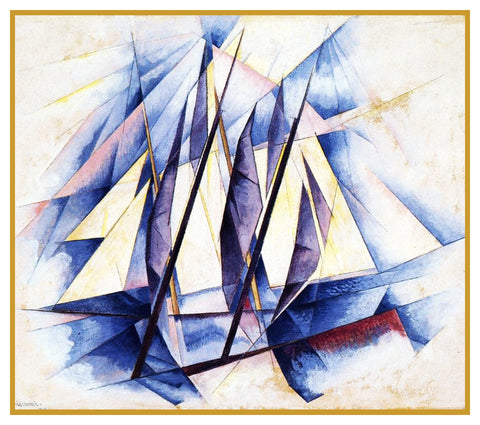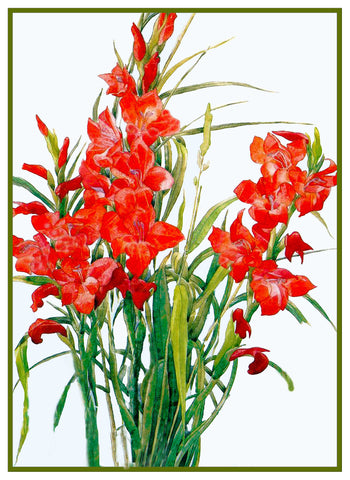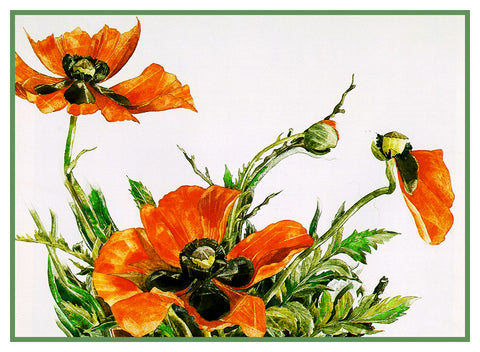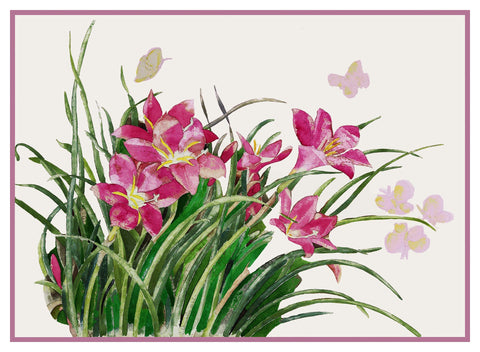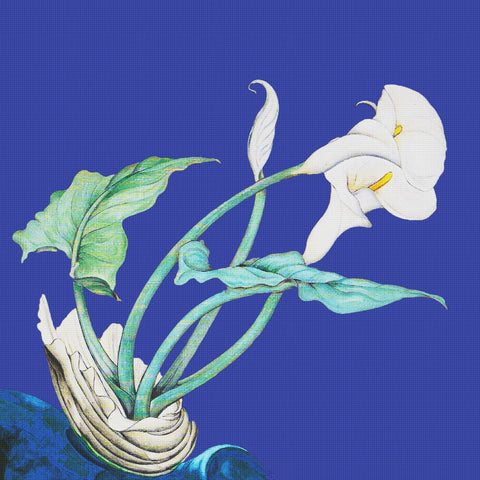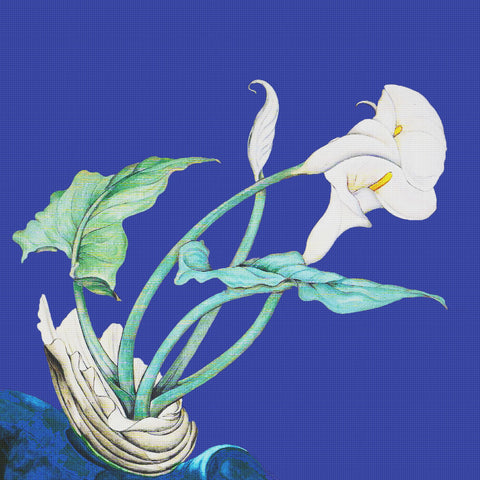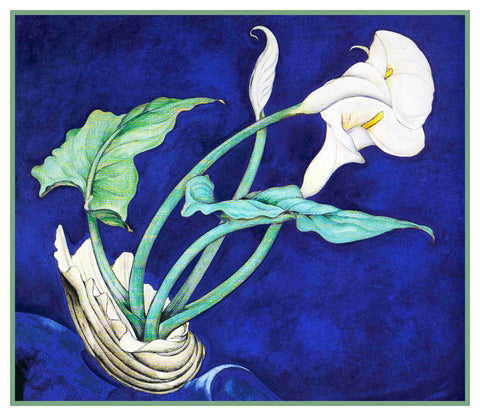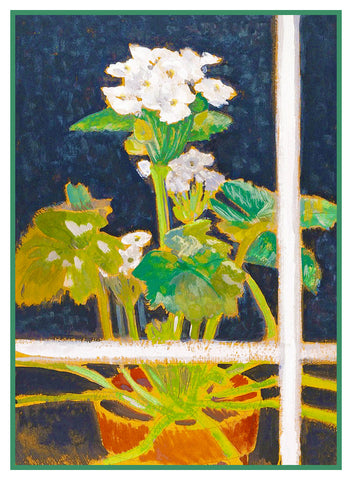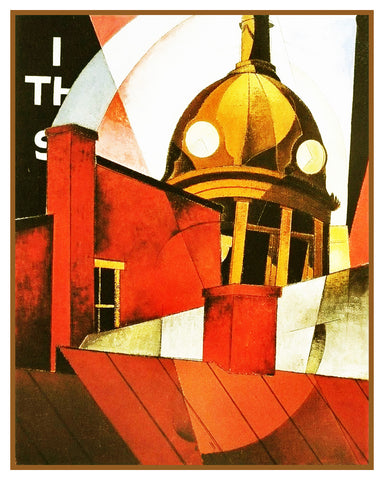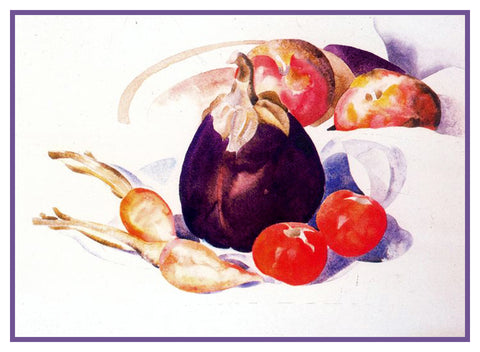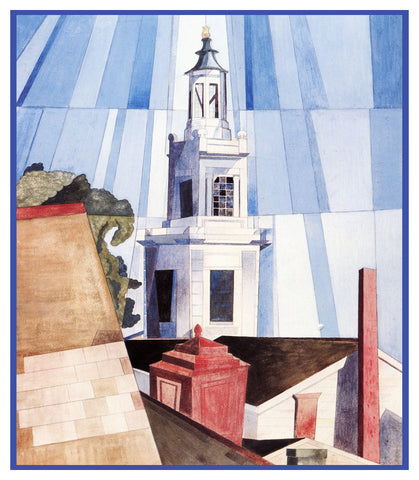- This product is a Digital Download of a COUNTED CROSS STITCH PATTERN. Instructions included.
- This pattern is used to sew and create a cross stitch picture.
- This is NOT a completed product. It is NOT a kit, it is a DIGITAL DOWNLOAD. Floss, fabric, and other supplies are NOT INCLUDED.
- After purchasing you can work from this digital pattern on your device or print the pattern on your own printer.
- The pattern consists of a multi-page enlarged chart that is easy to follow as you work.
- This pattern is in Black and White and uses symbols to differentiate the different threads you will use. It is NOT IN COLOR.
- See the detailed product images attached to this listing showing what you will receive and what the pattern looks like.
- Chart/Patterns use up to 40 colors of floss, which YOU must provide.
- This pattern uses Full Stitches only. No half stitches, and no backstitching necessary.
- Charted for 14 count fabric and DMC Cotton Floss. Finished size is 14 inches (196 Stitches) by 14 inches (196 Stitches).
This Chart, Graph, Pattern was based upon the work of American Artist Charles Demuth, 1883- 1935. Charles Demuth was an American watercolorist who turned to oils late in his career, developing a style of painting known as Precisionism. "Search the history of American art," wrote Ken Johnson in The New York Times, "and you will discover few watercolors more beautiful than those of Charles Demuth. Combining exacting botanical observation and loosely Cubist abstraction, his watercolors of flowers, fruit and vegetables have a magical liveliness and an almost shocking sensuousness." Demuth was a lifelong resident of Lancaster, Pennsylvania. The home he shared with his mother is now the Demuth Museum, which showcases his work. His most famous painting, The Figure Five in Gold, was inspired by his friend William Carlos Williams's poem The Great Figure. It's a decidedly American work made at a time when U.S. artists were just moving beyond European influences. It's a reference to the intertwined relationships among the arts in the 1920s, a moment of cross-pollination that led to American Modernism. His work anticipates the pop art movement.


![[product_title] - Orenco Originals LLC Counted Cross Stitch](http://www.orencooriginals.net/cdn/shop/products/01a14x14charlesDemuthCallaLillySTITCHED_ff39ce78-e732-4aa0-a507-1b3829caf60e_1024x1024.jpg?v=1664758113)
![[product_title] - Orenco Originals LLC Counted Cross Stitch](http://www.orencooriginals.net/cdn/shop/products/01a14x14charlesDemuthCallaLillySTITCHED_ff39ce78-e732-4aa0-a507-1b3829caf60e_medium.jpg?v=1664758113)
![[product_title] - Orenco Originals LLC Counted Cross Stitch](http://www.orencooriginals.net/cdn/shop/products/whats_inside_a_package_7c76b5de-aab4-43b1-b275-a27914ff8974_medium.jpg?v=1664758113)
![[product_title] - Orenco Originals LLC Counted Cross Stitch](http://www.orencooriginals.net/cdn/shop/products/whatyouwillreceiveUSE_13257242-1faa-405b-b108-b56d03d94361_medium.jpg?v=1664758113)
![[product_title] - Orenco Originals LLC Counted Cross Stitch](http://www.orencooriginals.net/cdn/shop/products/ChartExample_bad76e3b-1f25-40a9-b262-3bee59c4e273_medium.jpg?v=1664758113)
